#popol vuh
Text






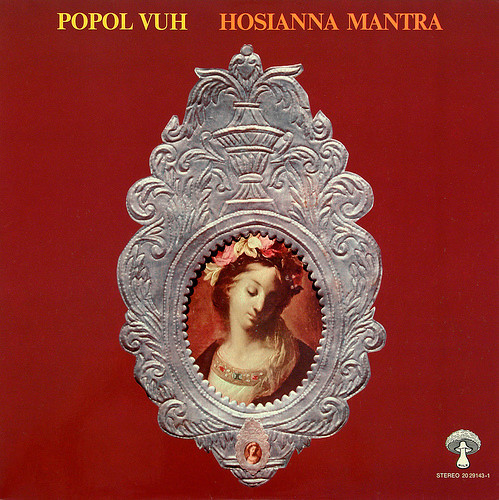
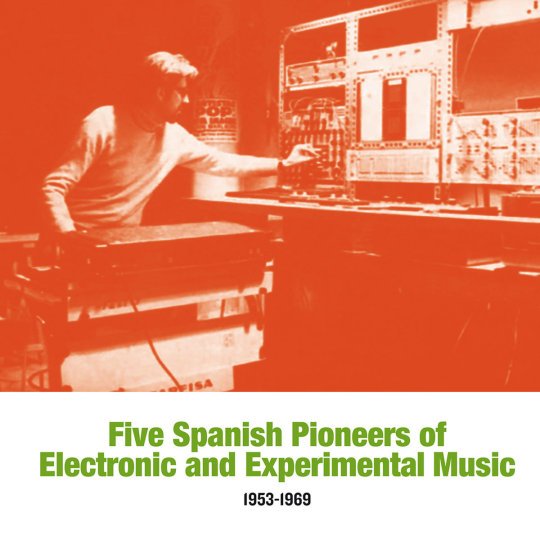


My albums selection for the next week , search , listen , buy if you can , close youur eyes and enjoy:
Coil – The New Backwards
Fantôme Josepha – Dramarama
Ludo Carroué - Parcours
Final – Expect Nothing And The Kingdom Will Be Yours
Semestre - D_’_é_té
Einstürzende Neubauten – Rampen (Apm alien pop music)
Popol Vuh – Hosianna Mantra
V/A -Five Spanish Pioneers of Electronic and Experimental Music 1953-1969
Et Cetera – Et Cetera
Edward Ka-Spel - The Scriptures of Illumina
#musical selection#coil#fantome josepha#ludo carroué#final#justin broadrick#semestre#einstürzende neubauten#popol vuh#et cetera#edward ka spel#industrial music#experimental music#krautrock#free jazz#electronic music#avant garde#ambient music
59 notes
·
View notes
Text
As social media is abuzz with who might be cast in the next Batman movie, with concerns that some of the candidates might not be menacing enough to fill those big black boots, it might be time to look again at one of the bat figures that featured as an imposing power in Mesoamerican mythology – Camazotz.
#ancient#history#ancient origins#vampire#Bat#gods#Desmodus Rotundus#Camazotz#Zotzilaha#Popol Vuh#Chonchon#kaku#Desmodus Draculae
51 notes
·
View notes
Text
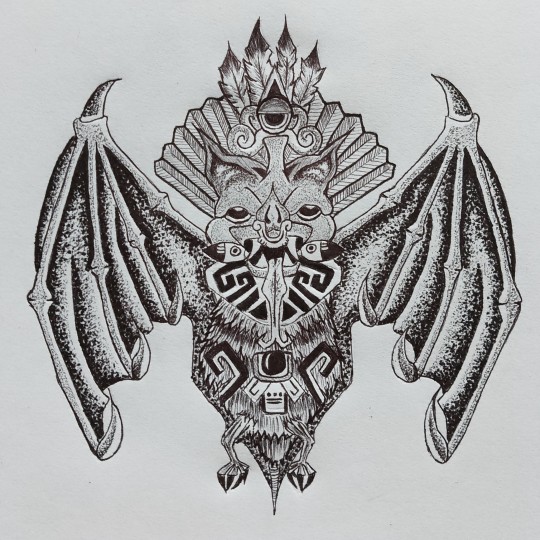
Camazotz el decapitador, llevando los pedernales de obsidiana en sus fauces para decapitar en la prueba al mictlan , Yacametztli o nariguera en relación al nectar de flor de maguey y polinizador nocturno, espejo de obsidiana en el pecho en referencia al señor oscuro Tezcatlipoca, Copilli adornado con pluma y ornamenta. 🔥💀🦇🐚
.
.
.
.
.
.
#camazotz#Mexica#tenochtitlan#murcielago#mayas#popol vuh#dibujo a tinta#inkdrawing#ink#dibujo#mexico#obsidiana#boligrafo#codice#codex#anahuac#prehispánico
23 notes
·
View notes
Text
"You caused us pain, you ate us, but now it is you whom we shall eat."
Dennis Tedlock (trans.), Popol Vuh
#Popol Vuh#Dennis Tedlock#eat the rich#pain#revenge#retaliation#Mayan mythology#Mayan cosmology#translated literature#cannibalism#cannibalcore#mythology#myth#mythology quotes#quotes#quotes blog#literary quotes#literature quotes#literature#book quotes#K'iche'#K'iche' literature
13 notes
·
View notes
Photo


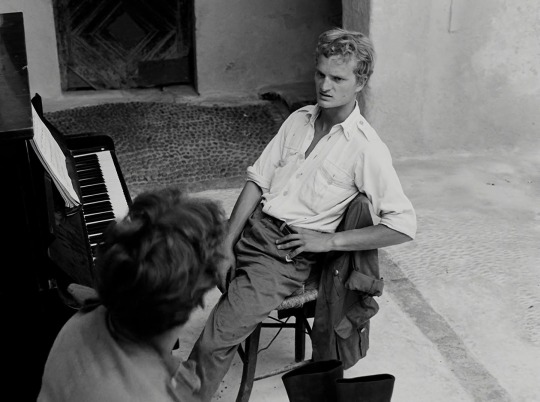
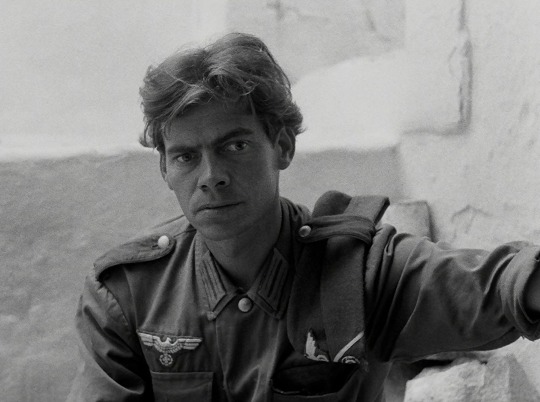

Lebenszeichen (Signs of Life) | Werner Herzog | 1968
Peter Brogle, and Florian Fricke of Popol Vuh fame
This is pre-Popol Vuh though. Florian Fricke became friends with Werner Herzog in 1967 and formed Popol Vuh in 1969. The band went on to contribute soundtracks to several of Herzogs films.
44 notes
·
View notes
Photo


Diego Rivera’s illustrations for the sacred Mayan text Popol Vuh.
42 notes
·
View notes
Text
“in the sky, on the earth, / the four sides, the four corners, as it is said, / by the maker, modeler, / mother-father of life, of humankind, / giver of breath, giver of heart, / bearer, upbringer in the light that lasts / of those born in the light, begotten in the light; / worrier, knower of everything, whatever there is: / sky-earth, lake-sea.”
— popol vuh: the mayan book of the dawn of life (trans. dennis tedlock)
3 notes
·
View notes
Text
youtube
Popol Vuh – Aguirre
5 notes
·
View notes
Text

5 notes
·
View notes
Photo
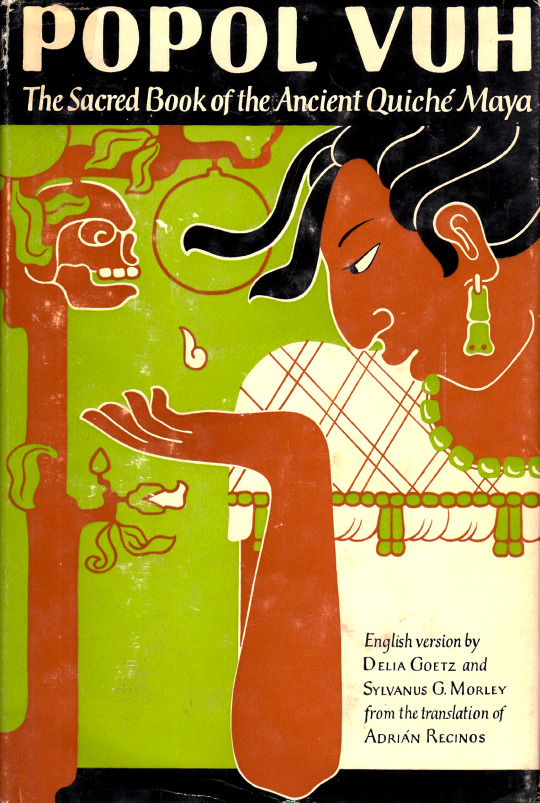
Popol Vuh: The Sacred Book of the ancient Quiché Maya
98 notes
·
View notes
Text

8 notes
·
View notes
Text
Many civilizations from all over the planet have creation myths as part of their culture and traditions. Perhaps the most ‘creative’ of the creation myths include primal eggs, remains of giants, a spider grandmother, and a spitting decapitated head!
#creation myths#universe#gods#afterlife#Native Americans#Vedas#Ymir#Hopi#Popol Vuh#Nanabozho#Hathor#Ilmatar#Pangu#Dreamtime#big bang#ancient#history#ancient origins
46 notes
·
View notes
Text
World Literature Series: Popol Vuh
TITLE: Popol Vuh (Pop Wuj, other variations)
DATE: undated, ancient. At least 300 BCE
COUNTRY, REGION, OR PEOPLE: K’iche’ people, indigenous to what is now Guatemala and parts of Mexico, Belize, Honduras, and El Salvador
TYPE: epic (oral history)
BACKGROUND: Popol Vuh is a sacred text of the K’iche’ (Spanish: Quiché) people, one of the Maya peoples. The K’iche’ people have existed since time immemorial in Central America. Their civilization has existed in many forms over the centuries, most notably the Q’umarkaj kingdom (Nahuatl: Utatlán), which was at its height after the decline of the Maya Civilization. Q’umarkaj was established in 1225 CE, but the K’iche’ people and their stories existed long before.
Stucco panels dated to 300 BCE in El Mirador, Guatemala, show aspects of the Popol Vuh. It’s unknown exactly how long the epic has existed in its current form, but at least parts of it are from well before Q’umarkaj and indeed before the Classic-period of Maya culture.
The current form is from the mid-16th century, and was copied and translated by friar Francisco Ximenez. Its survival amidst the deliberate imperial and religious destruction of indigenous pieces of cultures, myths, and stories is remarkable. Most were burned--remember that Maya civilizations had writing before European contact.
SYNOPSIS: Popol Vuh is divided into five parts: a preamble and four books. It tells of the creation of the animals and people by the gods, and the exploits of the gods, including mentions to the realm of the gods and the underworld.
In the preamble, we are introduced to Xmucane and Xpiacoc, the oldest of gods, and we see a description of the importance of the Popol Vuh.
In Book One, the gods make animals and humans, but the humans do not survive. This book includes a flood myth, often seen in creation stories around the world.
In Book Two, the Hero Twins Hunahpu and Xbalanque restore order to the world by killing the demon Vucub-Caquix and his sons.
In Book Three, the gods fight with each other and, in killing some, create the sun and moon.
In Book Four, the gods successfully create humans from maize and the tells the beginning of the K’iche’ people.
THEMES: Gods, humans, power, morality, and names.
OTHER CREATION EPICS: The book of Genesis (Jewish, and other religions), the Enūma Eliš (Bablyonian), and several civilizations had Cosmogonies (Greek, Scandinavian, and others). Many include flood myths as well.
AREʼ U XEʼ OJER TZIJ, Waral Kʼicheʼ u bʼiʼ.
THIS IS THE BEGINNING OF THE ANCIENT TRADITIONS of this place called Quiché.

Human Sacrifice and Self-Sacrifice before the God Tohil (1931)by Diego Rivera, watercolor on paper.
[A watercolor of 11 people bowing and bleed themselves before a figure with a human body and the head of a serpent. One human holds a torch aflame. In one corner is a bat, and the other a blue and white pattern.]
Main post for the World Literature series
#history#indigenous#popol vuh#book#diego rivera#mythology#indigenous religions#colonialism#imperialism#blood
27 notes
·
View notes
Text


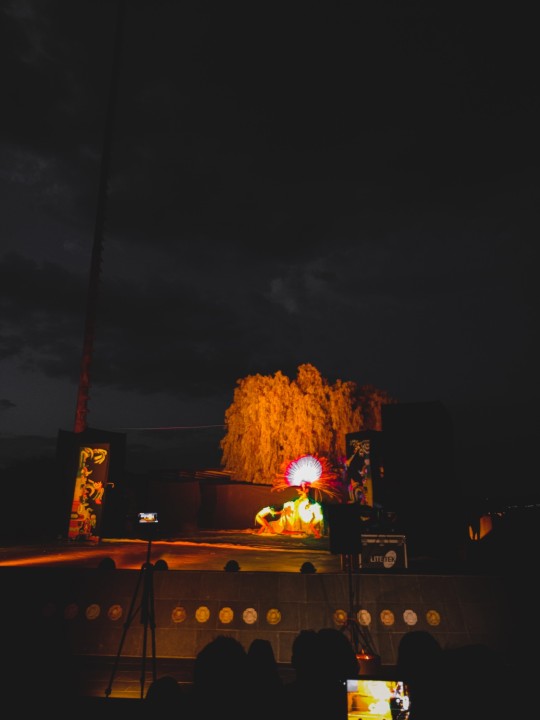
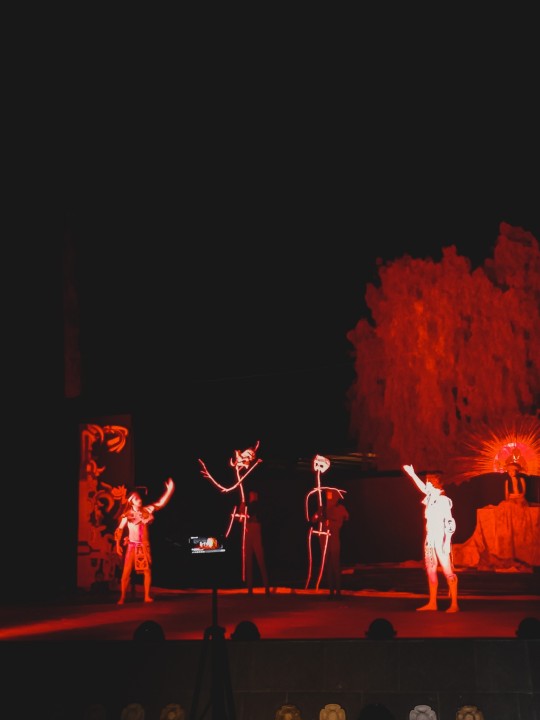

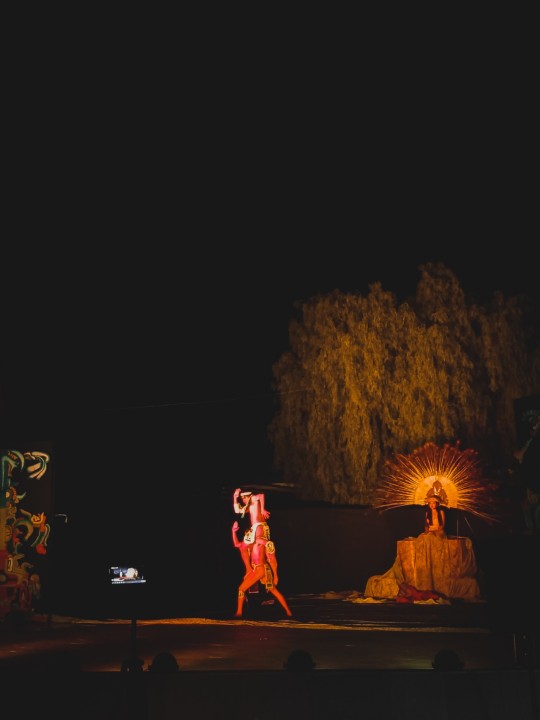
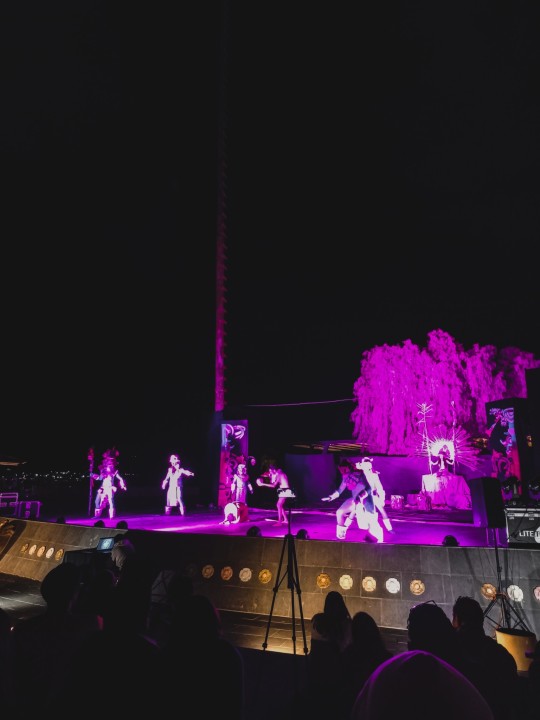

2 notes
·
View notes
Text
youtube
2 notes
·
View notes
